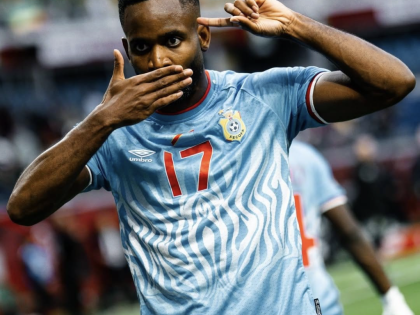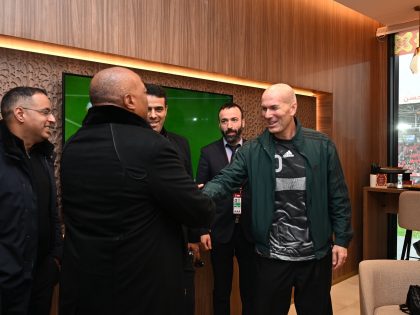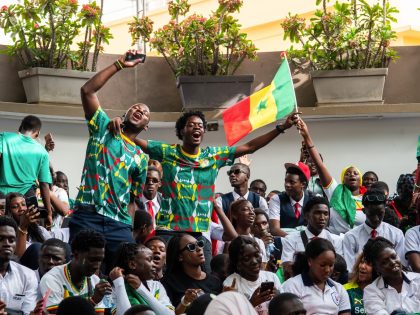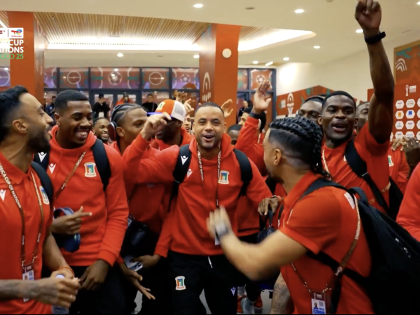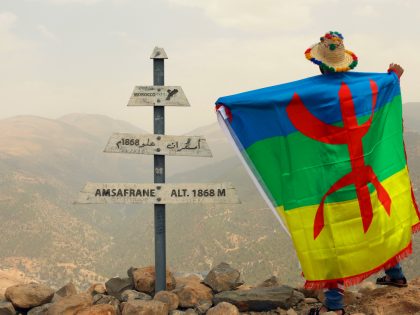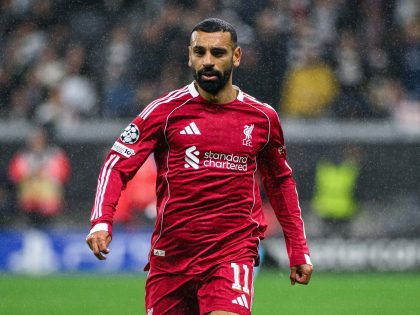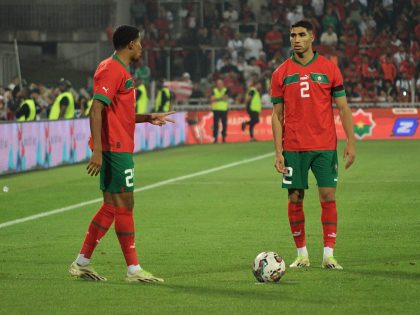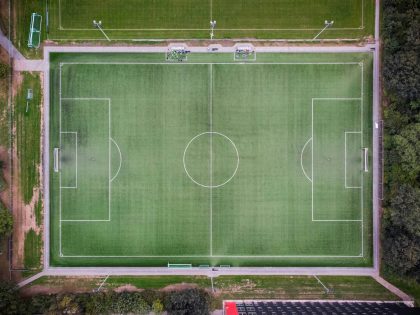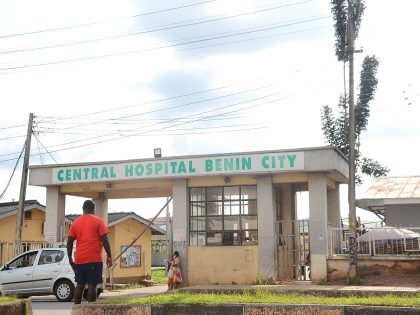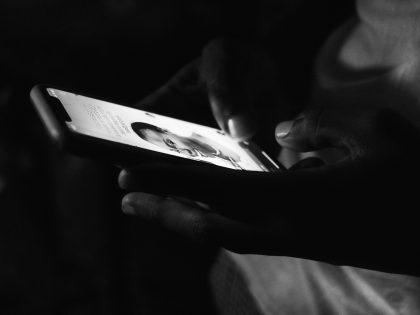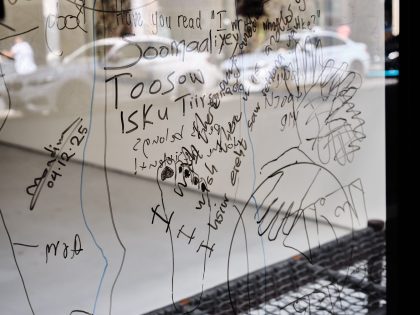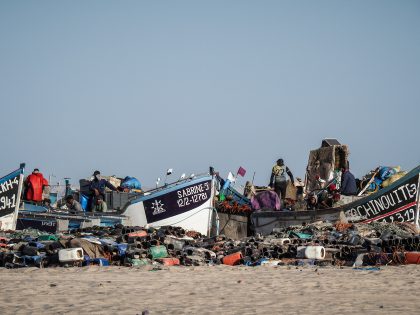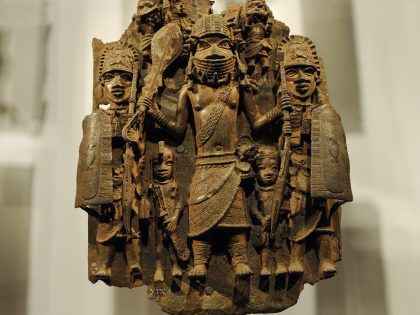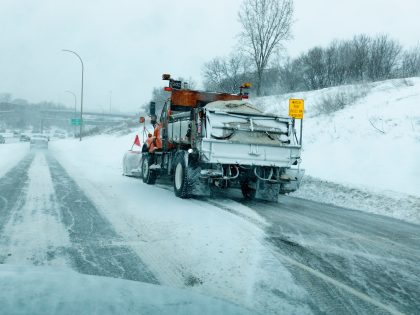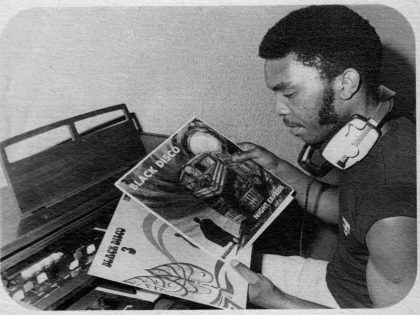Paul Simon’s Graceland Reconsidered
Paul Simon's Graceland album and tour defied the cultural boycott, yet some argue it positively influenced South African music and politics in the late 1980s.

The cover of "Graceland," first released in 1986.
Last year, 2011, marked the 25th anniversary of Paul Simon’s “Graceland.” The album’s significance hardly needs reminding. It revived Simon’s career, became the first “World Music” crossover hit, won him a Grammy, and sold millions. As usual, celebratory articles appeared in late August, marking the album’s original 1985 release. I was even interviewed for one such retrospective by the news agency, AFP.
“Graceland” certainly warrants a proper retrospective, not just because of its commercial success, but also due to the controversy surrounding its creation: Simon defied the cultural boycott and sanctions; Linda Ronstadt, who defied the Sun City boycott, appeared on the album; critics claimed Simon appropriated local musical styles without proper credit; and Simon has said that Harry Belafonte and Quincy Jones helped set up the trip to South Africa.
The subsequent tour revitalized the careers of Hugh Masekela and Miriam Makeba, whose careers had suffered due to her marriage to Kwame Toure. It also turned Ladysmith Black Mambazo into international superstars and launched the careers of several other musicians, including Tony Cedras, Morris Goldberg, and Bakithi Khumalo. “Graceland” is notable for blending South African music with sounds from different parts of the continent and American styles. For example, Youssou N’Dour and Demola Adepoju played percussion on the album. At the heart of the Graceland debate lies the morally questionable context in which it emerged, resulting in an extraordinary transnational artistic collaboration.
We’re excited to hear about “Under African Skies,” a new film by American director Joe Berlinger, which has its world premiere at Sundance later tonight. Berlinger has said the film is not a hagiography: “I’m not interested in making a Paul Simon puff piece … Paul was a great collaborator, but I made the film I wanted to make. … They knew who they were hiring.” Unfortunately, none of us will be at Sundance. We’ll reach out to those who attended to hear what they thought, and perhaps Tambay Obenson at Shadow and Act will blog about its screening. Otherwise, we’ll wait for a screening copy or until it reaches one of the cities where AIAC bloggers live.
Here‘s the trailer for the film.
